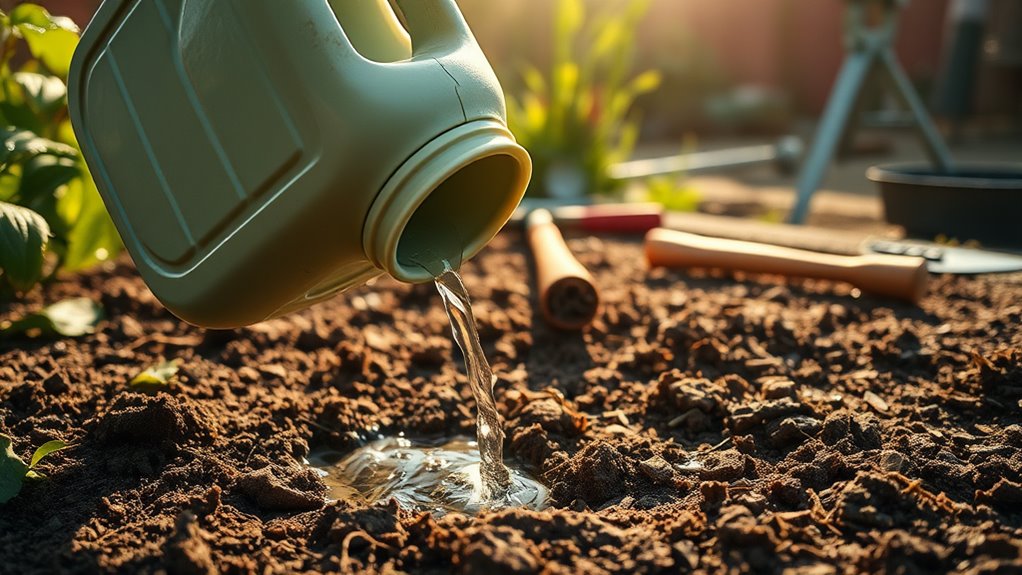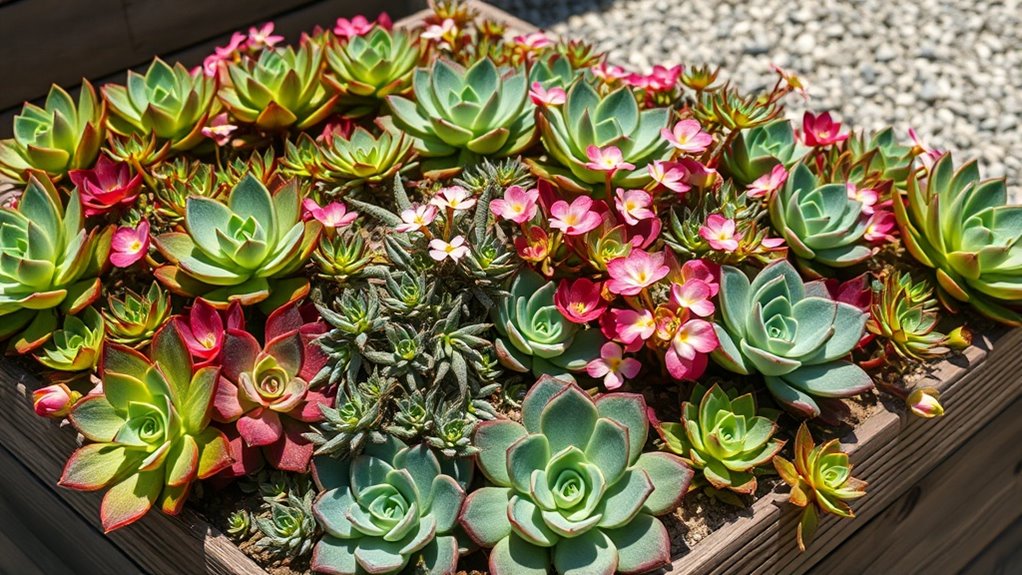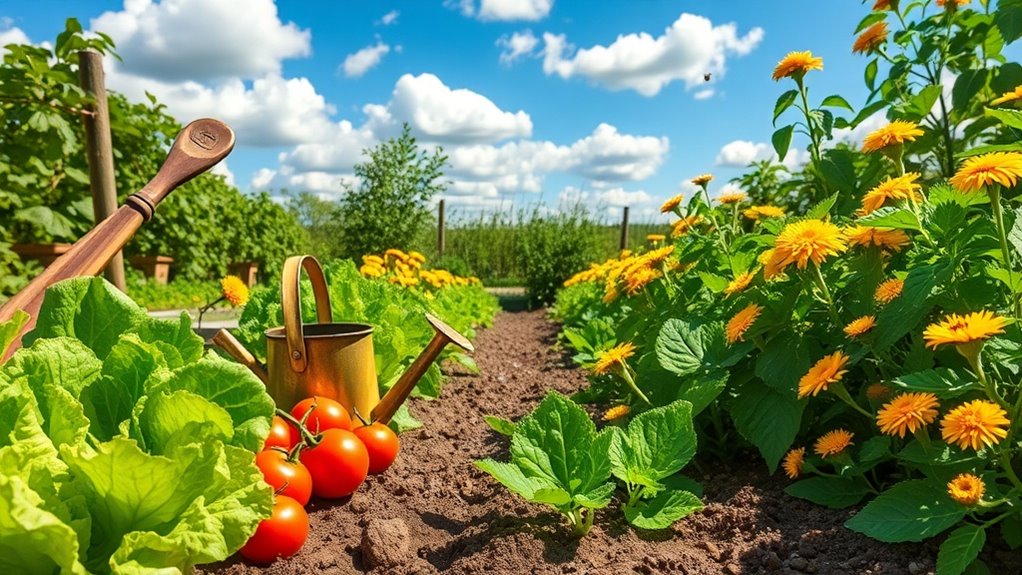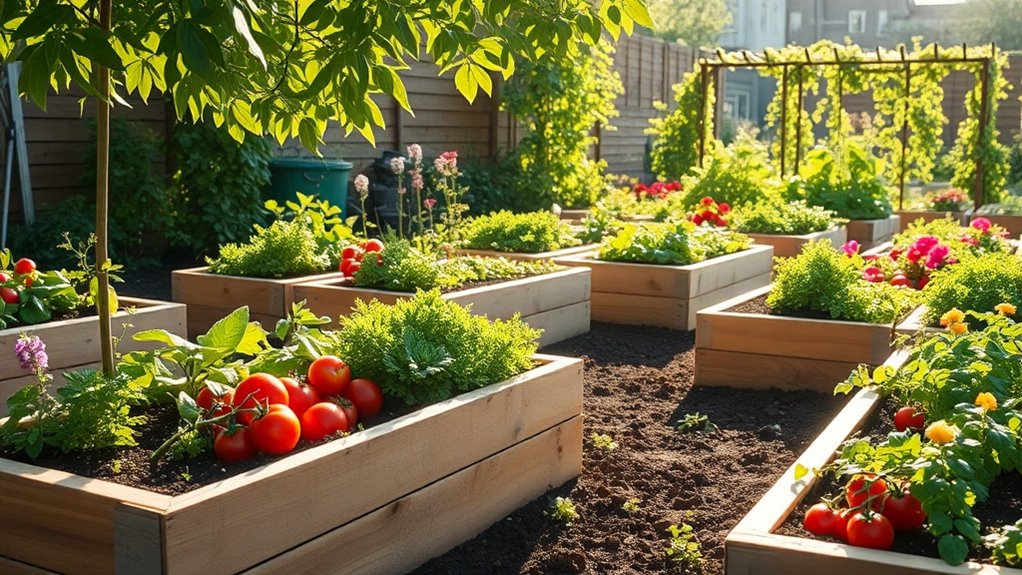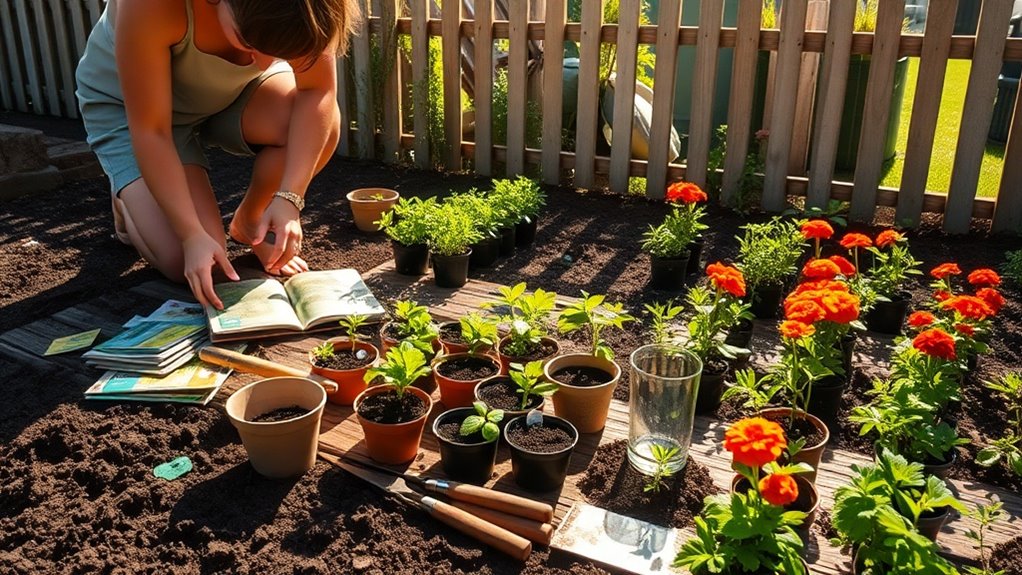What I Wish I Knew Before Buying My First Watering Can
When you’re buying your first watering can, start by choosing durable materials like metal over plastic to avoid cracks from wear. Match the size to your garden—opt for 1-2 liters for small spaces or 5-10 liters for larger ones to ease handling. Don’t overlook features like adjustable spouts and ergonomic grips for precise watering. Budget $10-$50 for solid value, and maintain it with regular cleaning. Keep going to uncover more strategies for a lasting tool.
Key Takeaways
- Choose materials like plastic or galvanized steel for durability and rust resistance in outdoor conditions.
- Select the right size based on your garden; 1-2 liters for small spaces, 5-10 liters for larger areas.
- Test for an ergonomic, non-slip handle to ensure comfort during extended watering sessions.
- Set a realistic budget of $10-$50 and compare reviews to avoid overspending on unnecessary features.
- Maintain your can by cleaning it after use and storing it in a dry area to prevent corrosion and extend its lifespan.
Material Options and Their Impact
When you’re choosing a watering can, the material plays a key role in its durability, weight, and overall performance.
For watering tool tips, start with plastic—it’s lightweight and affordable, perfect for everyday use without straining your arms, though it might crack over time.
Metal varieties, like aluminum, resist rust and handle rough handling well, boosting longevity for frequent gardeners.
Galvanized steel adds extra toughness against elements, but choose based on your needs; it’ll withstand outdoor storage better than brittle options, ensuring reliable watering sessions without unexpected failures.
Always test for comfort in your grip first.
To optimize your garden setup, remember that three essential tools can significantly enhance overall efficiency and productivity.
For a complete setup, pair your watering can with other budget-friendly gardening tools to enhance your overall gardening efficiency.
Size and Capacity Considerations
Selecting the appropriate size and capacity for your watering can ensures it matches your gardening needs without unnecessary hassle.
You should first evaluate your garden’s scale; for small setups like balconies, a 1-2 liter can offers precision and ease, preventing overwatering delicate plants. Furthermore, choosing a can with a long spout can improve targeted watering for hard-to-reach areas.
If you’re handling larger areas, opt for 5-10 liters to cover more ground efficiently, cutting down on refill trips.
Consider the can’s weight when full to match your strength—nobody wants a sore back from frequent use.
Always test how it feels in your hand for comfortable pouring and balanced control.
For enhanced efficiency, integrating smart gardening tools can automate watering tasks and improve overall garden management.
Essential Features to Evaluate
Beyond size and capacity, you should examine key features that enhance a watering can’s usability and durability.
When assessing the spout, opt for one with adjustable flow to target plants precisely and avoid runoff. Choose a handle with an ergonomic, non-slip design for comfortable, fatigue-free use during longer sessions.
Material quality is vital—select rust-resistant options like plastic or coated metal to withstand outdoor elements.
Don’t overlook the rose; a removable, multi-hole version allows gentle watering for delicate foliage.
Finally, ensure good balance and a wide mouth for stable pouring and easy refills.
Budgeting for the Best Value
Budgeting for the best value in a watering can involves balancing your spending with the features that suit your needs.
First, assess your garden size and watering frequency to determine what’s essential—don’t overspend on extras like ergonomic handles if you’re on a tight budget.
Compare prices online and in stores; a mid-range can often offers durable materials without the premium cost. You’re getting the most value by prioritizing quality over cheap plastics that crack easily.
Set a realistic budget, say $10-$50 for basics, and read reviews to ensure it meets your requirements without breaking the bank.
Maintenance Strategies for Durability
Maintaining your watering can effectively extends its lifespan, so let’s focus on a few key strategies.
First, clean it after each use by rinsing with mild soap and water to remove mineral deposits, preventing clogs and corrosion.
Store your can in a dry, shaded area to avoid rust; don’t leave it outdoors exposed to elements.
Regularly inspect for cracks or leaks, repairing them promptly with waterproof sealant.
Use gentle handling to prevent dents, and avoid harsh chemicals that could damage the material.
These steps ensure your tool remains reliable for years.
To complement these strategies, investing in essential gardening tools can provide additional support for overall garden maintenance.
Additionally, incorporating essential care tips from broader gardening maintenance advice can help safeguard all your tools for the upcoming season.

